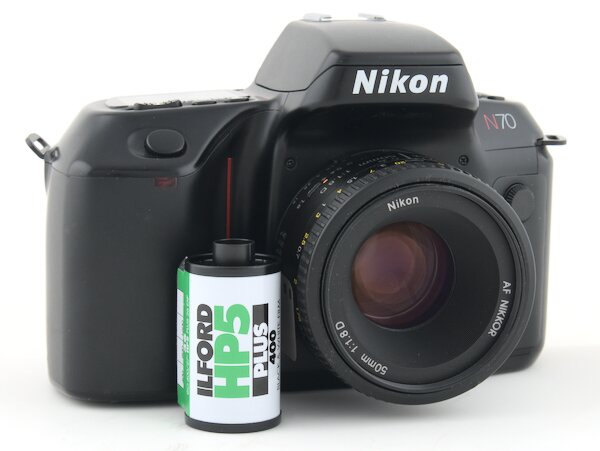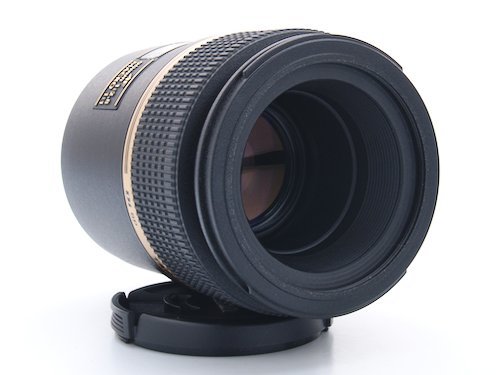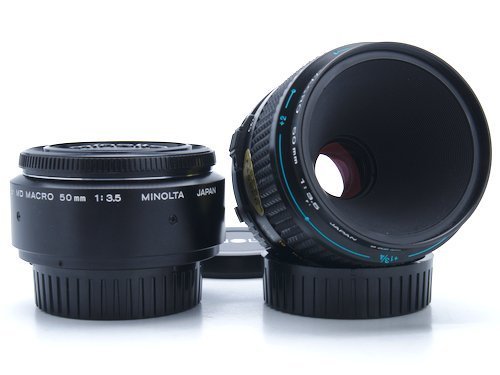
Minolta MD 50mm f/3.5 Macro Review
- Nathaniel Stephan
- Minolta lenses , 50mm , Macro lenses
- April 21, 2019
Table of Contents
The Minolta MD 50mm f3.5 macro was the last of the 7 versions Minolta made. Production of the lenses started in 1981, after the SR mount had been in use for more than 2 decades.
Copies are easy to find and affordable. Without the 25mm extension tube, the lens can only go to 1:2 magnification. However, that makes it smaller and more suitable for use as a standard lens.
The f3.5 maximum aperture is fine for closeup photography. The lens will be stopped down to maximize depth-of-field. It is lighter than the 50mm f1.8 or f1.8 alternatives.
Lens Background
Minolta’s highest quality lenses received the “Rokkor” branding. This lens was meant to be a budget option, which shows in the image quality.
For this version, the “Rokkor” branding, signifying high quality, was dropped. The lens doesn’t perform as well as other vintage macro lenses priced around $70.
You can’t go wrong for $20 or less. If you want a 50mm macro with a Minolta SR mount, find one of the Rokkor versions.
The lens feels surprisingly light and cheap. I get the impression that this lens was designed to cut costs.
My focus ring is also starting to get tight from the helicoid grease drying up. This is a common problem among vintage macro lenses I have used.
Stopped down to f/5.6, the corner will not be sharp. Other macro lenses I have used have been better at f/5.6, with the Vivitar 55mm f/2.8 being the standout lens. The sharpest aperture is f/8, but even then, other vintage lenses are sharper.
This is not a lens I would recommend buying unless it is cheap enough to sell on eBay for a profit. If you want a Minolta lens, buy an earlier Rokkor version.
Affiliate Advertising Disclosure
Outside the Shot is a participant in the Amazon Services LLC Associates Program, an affiliate advertising program designed to provide a means for sites to earn advertising fees by advertising and linking to Amazon.com.
As an eBay Partner, I may be compensated if you make a purchase. I also participate in affiliate advertising programs with KEH and Adorama. More can be found on the Affiliate Disclosure page.
Used Prices and Where to Buy
Prices were checked in June, 2024. With some patience, copies of the lens can be found on eBay for as low as any macro lens can be found.
At the bottom of the price range, there may be some cosmetic issues or missing caps. If you don’t have replacement caps, they are easily found for a couple of bucks.
Lenses that are a bit more expensive will be in excellent condition and come with the Life-Size adapter and lens caps.
Affiliate Links:
Comparable Lenses
- Vivitar 55mm f/2.8 Macro
- Olympus OM-System 50mm 3.5 Auto-Macro
- Micro Nikkor 55mm f/3.5 PC
- Canon FD Macro 50mm f/3.5
Lens Specifications
| Manufacture | Minolta |
| Made in | Japan |
| Year Released | 1981 |
| Original Price | $???.?? |
| Serial Number Range | 635xxxx-818xxxx |
| Elements Groups | 6 ele. 4 gr. |
| Focal Length | 50mm |
| Aperture | f/3.5-22 |
| # Aperture Blades | 6 |
| Aperture Control | Manual, Auto & Meter Coupled |
| Focus Type | Manual, Double Helicoid |
| Hard Infinity Stop | Yes |
| Magnification | 1:2, 1:1 w/ extension tube |
| Minimum Focus Distance | 23cm (9”) / 20cm (8”) |
| Working Distance | 10.2cm (4"), 5.1cm (2") |
| Filter Threads | 55mm |
| Weight | 200g, 305g w/ extension tube |
| Dimensions | ⌀64 x 55.5mm (2-1/2" x 2-3/16") |
Macro Lens Versions
- Macro Rokkor-QF (1961)
- MC Macro Rokkor-QF (1967)
- MC Macro Rokkor-X QF (1973)
- MC Macro Minolta Celtic (1974)
- MC Macro Rokkor-X (1976)
- MD Macro Rokkor-X (1977)
- MD Macro (1981)
Accessories
Life-Size Adapter Extension Tube
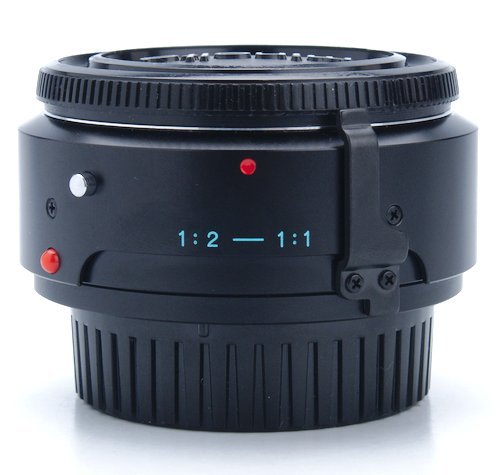
The Life-Size adapter is a 25mm extension tube. Engraving on the extension tube reads “for MD MACRO 50mm 1:35 MINOLTA JAPAN” in white and “1:2 – 1:1” in blue.
There is no MD lug on the Life-Size adapter. An MC lug provides a link from the lens to the camera. The tube also has a diaphragm-control pin that keeps the auto aperture functionality.
The lens can achieve 1:2 magnification on it’s own. To reach 1:1 magnification, an adapter is required. If you want to use this lens adapted to a mirrorless camera you can use an extension tube for your system before the adapter.
Another option would be to use the Minolta Auto Bellows III. This allows for higher than 1x magnification as well as tilt/shift camera movements.
Build Quality, Design, and Sample Variation
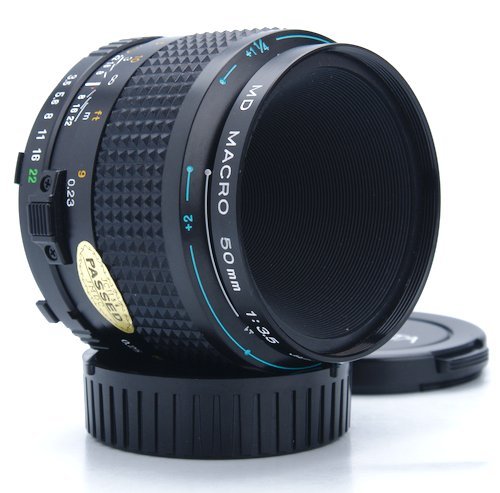
Rokkor lenses have a better build quality. There is almost no weight at the front of the lens. The front aluminum extension is thin. I almost thought it was plastic. My concern is the lens is light because of cost-cutting.
There is a magnification scale on the barrel of the lens. The scale begins to show as the front extension is increased. It is a glued-on piece of plastic made to look like the lens was engraved.
The front of the focus ring has an exposure compensation scale. The white text shows the magnification/compensation of the lens only. Blue shows the values when the lens is used with the Life-Size adapter.
The focus ring on my copy is slightly harder to turn than I was expecting. My guess is that the grease in the helicoid is beginning to dry up.
This is a common problem with many vintage lenses. The lens does not appear to have been mistreated and remains in excellent cosmetic condition.
Testing setup
On camera testing was done with a Sony A7 and Fotasy MD to E-mount adapter. For more detail, there is a page with my complete Sony A7 Adapted Lens Settings.
Magnification higher than 1:1 was done on a Nikon PB-4 bellows with Nikon D750. The lens was reversed with a Nikon BR-2A reversing ring and a 52mm to 55mm step-up ring.
RAW files were exported from Darktable with the default sharpen and base curve applied.
Usage & Working Distance
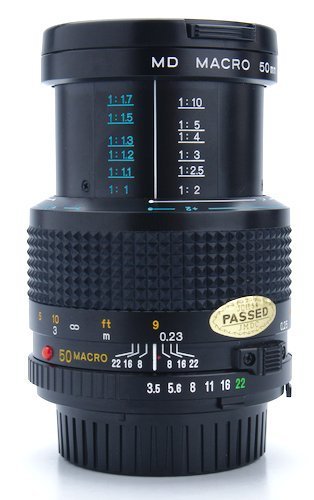
At 1:1 there are about 2 inches of working distance from the front of the lens to the subject. I prefer 90mm-105mm macro lenses for taking pictures at 1:1.
Standard focal length macro lenses are great for close up work. Things like reproduction, product, and tabletop photography.
The short working distance makes it possible to take vertical shots without needing a ladder.
For items on a tabletop, the camera can be positioned within arms reach of the subject. The macro ability can be taken advantage of without having to change lenses.
Test Shot Sharpness Comparison
- f/3.5 I would not consider the image sharp. The center isn’t terrible, but the falloff towards the corners is bad. I would never plan to use this aperture.
- f/5.6 shows an improvement in center sharpness. The corners still bad. Almost every other macro lens I’ve tested has better corner sharpness at f/5.6.
- f/8 provides another set up in terms of sharpness. The edges of the image look good with the exception of the edges of the corners. This is likely the sharpest aperture.
- f/11 Diffraction starts to set in and I don’t see any improvement in the corners. I might use this aperture for the increased depth of field.
- f/16 and f/22 fall into the apertures I would never plan to use.
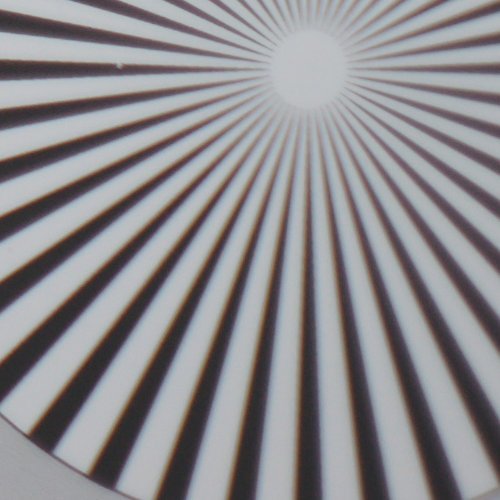
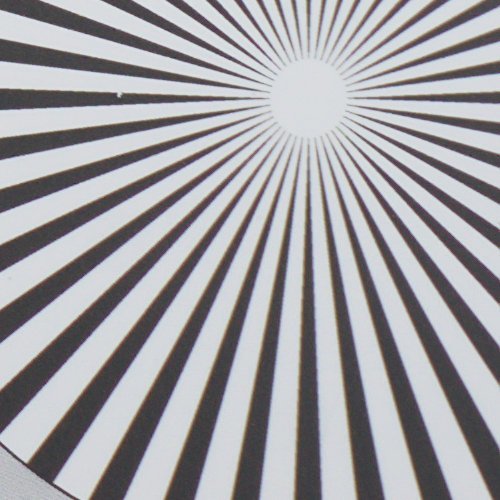
1:1 Magnification
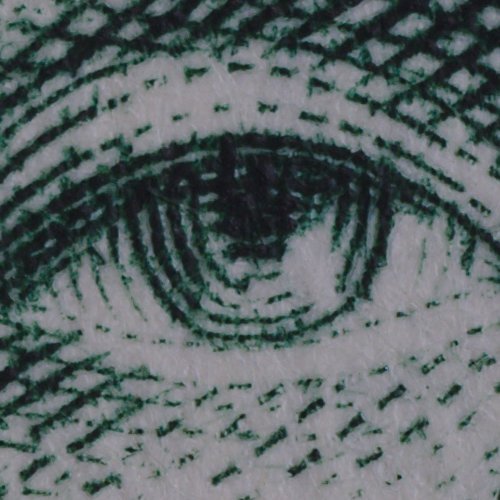
Other Test Shots
The lens is well corrected. I did notice any significant amounts of field curvature. The lens has a flat field of view.
None of the test shots produced any chromatic aberration. All those things are what should be expected from a macro lens.
Bokeh, vignetting, and glare I did not bother to test. The disappointing sharpness put me off from further testing of the lens.
Reversed Magnification
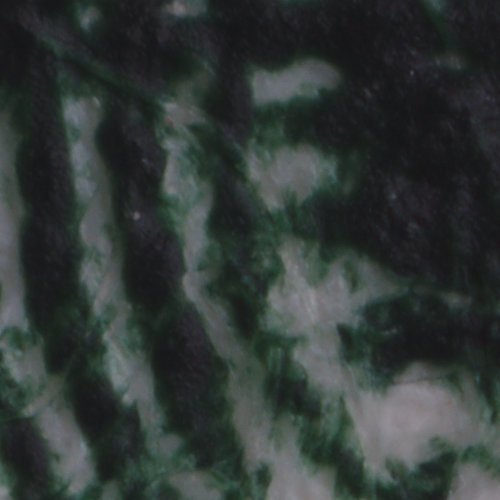
Despite trying different amounts of extension and apertures, all the images were soft. There were several inches of working distance.
The 4x Amscope objective produces sharper images at a cost of $18. There are better options available. I have no intention of ever reverse mounting this lens.
Conclusion
Checking my Competitive Camera Corp catalogue from 1985, the MD version of the macro lens was not listed for sale. Instead, an older Rokkor-X version was available.
I’m not surprised because I expect Rokkor versions to perform better. I would not recommend seeking out the MD or Celtic versions of the lens, as they were budget offerings.
The lens is a great option for the Minolta SRT 101 or the Minolta X-700.
Do you just want a lens to use on a mirrorless camera? Save money by shopping around. There are piles of macro lenses out there.
The Olympus OM 50mm f/3.5, 55mm Micro Nikkors, and the many rebrandings of the Komine 55mm f/2.8 are all good macro lenses to look for. For around $50, you’ll be happier with any of those lenses than the Minolta MD.
